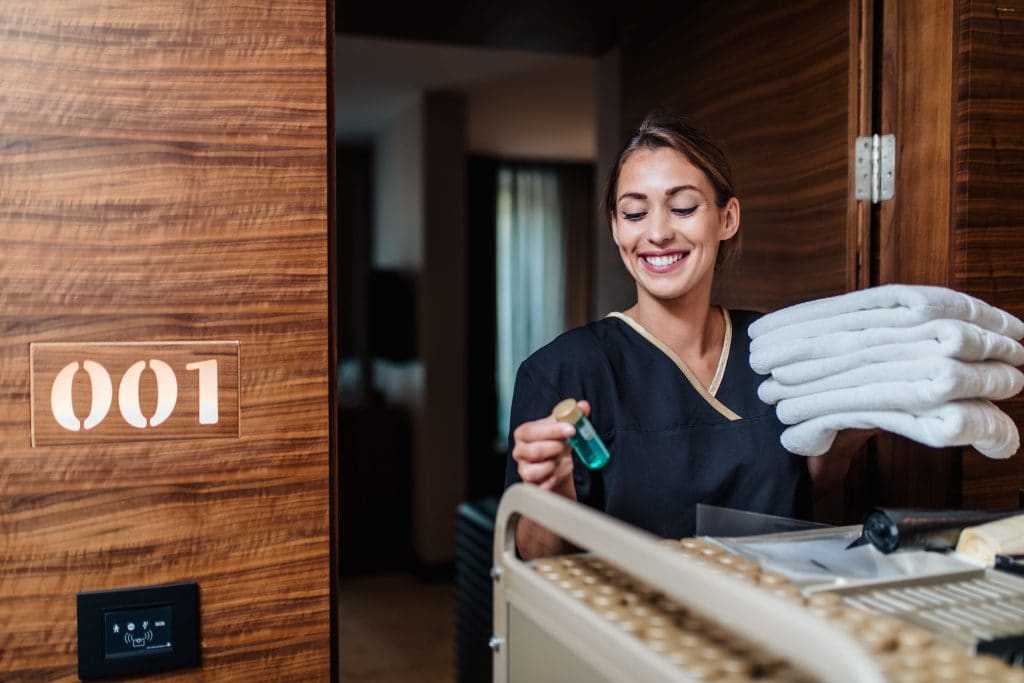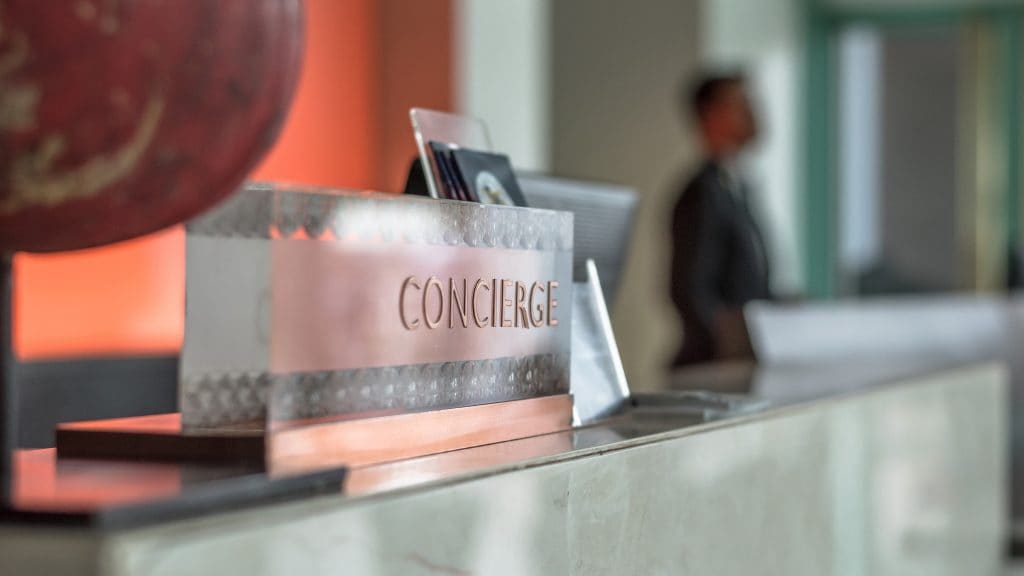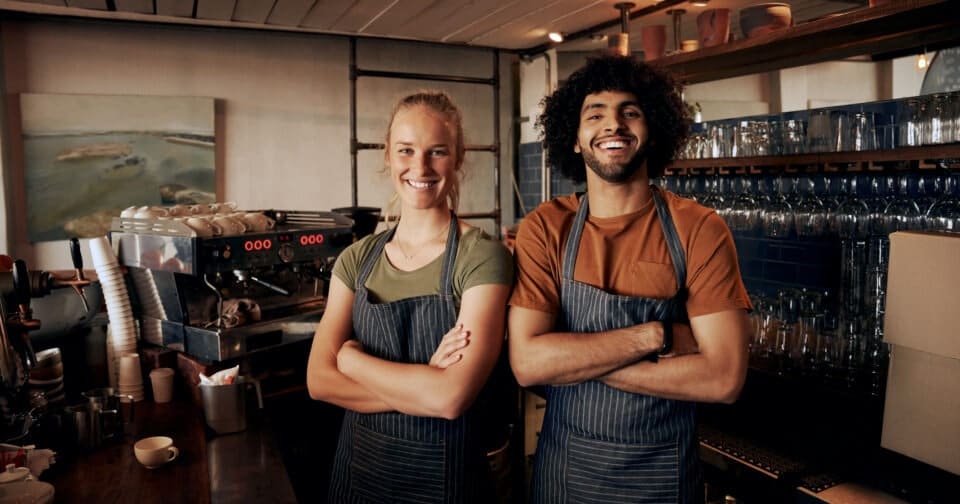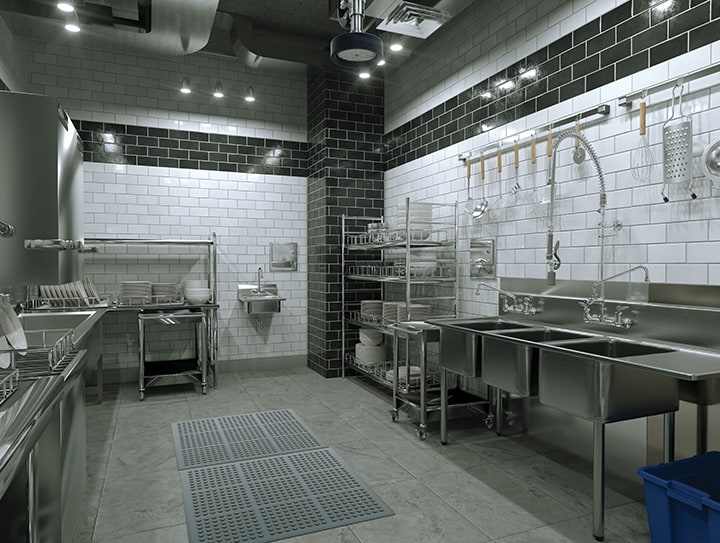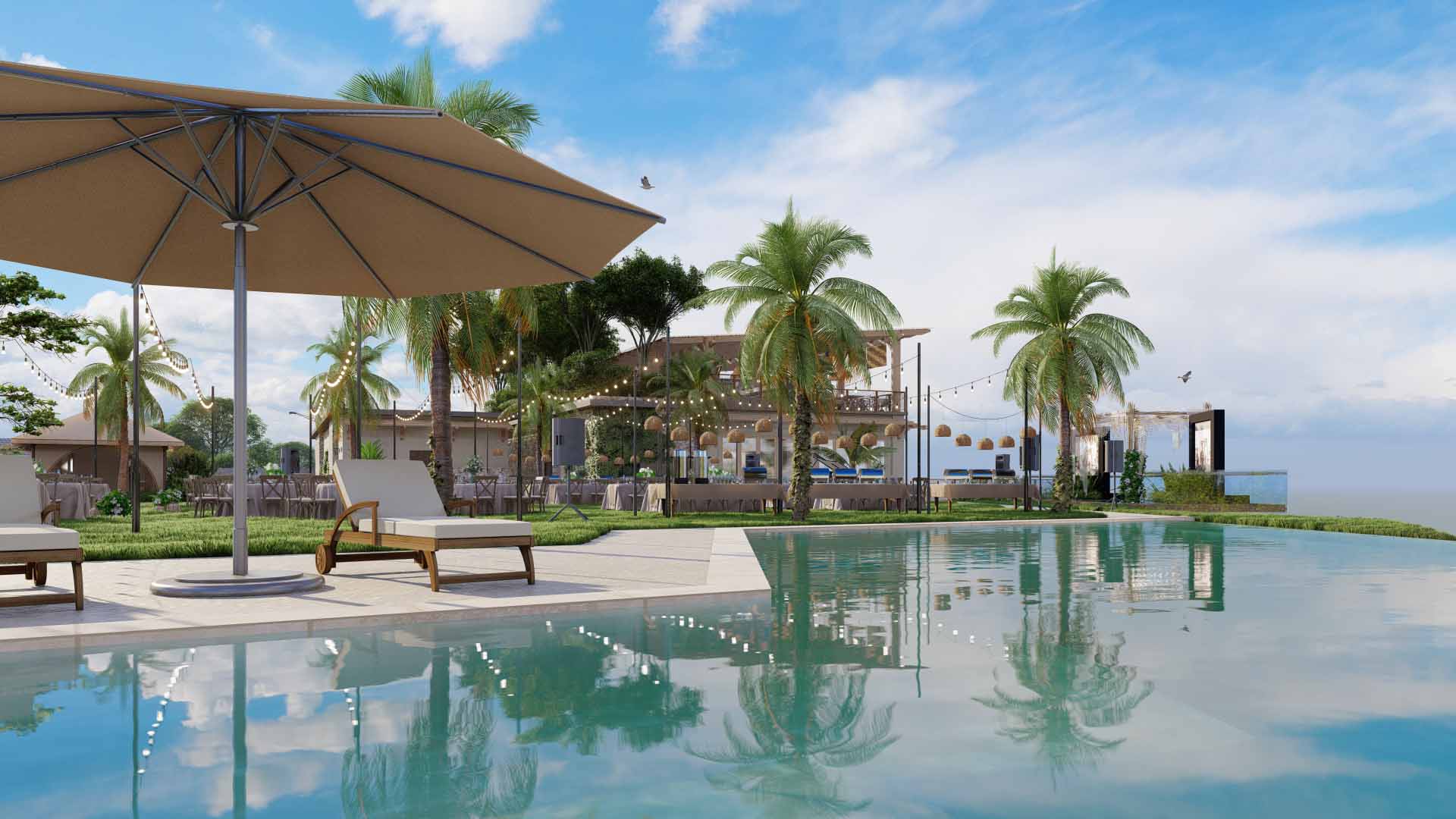
Hospitality Total Services (HTS) has been engaged to design and deliver two glamping resort projects in two very different environments – the first, a limestone site overlooking the Indian Ocean in Bali, Indonesia; the second, a beach-side site in Mindarie, just north of Perth, Australia.
While similar in concept, the resorts required the integration of different design and operational needs, which is where the HTS team applied their expertise, as Gerard Bloor, senior associate explains: “While this is our first glamping resort style project, we’re applying our hotel, café-restaurant, and function design philosophy to the main building, as well as the accommodation aspect. It is a culmination of different areas that we have experience working in before.”
HTS was approached by the owner of the resorts, following a tender win to transform the former caravan park site in Mindarie, Perth into Dunes Beach Resort, and was then brought onto the Glamp Nusa project. With one existing glamping resort already in Bali, the owner had experience in the sector in Indonesia, and has since collaborated with Bloor and the team at HTS on both the Australian and Indonesian projects, ensuring that they are designed with functionality, efficiency and aesthetics in mind.
Quick timelines
Bloor refers to both projects as ‘fast projects’ due to the speed at which they can be completed, with Glamp Nusa planning to open in June 2024 and Dunes Beach Resort in the second half of 2024. The quick timelines are in part thanks to the clever design of the luxury glamping tents, created using a modulated construction method that enables offsite production and rapid installation, with minimal environmental impact. “The tents are very glamorous, with some hard walls, not like your typical tent. There are en-suites in a lot of the tents and then they’ve got some hard timber walls, canvas roofs, daybeds, and things like that. They’re very cool,” says Bloor.
Both resorts have come with different sets of specifications and challenges. In Bali, the geographical makeup of the site – a limestone cliff with around an eight-metre fall across the 300-metre site – has needed to be factored into the design and building plan, with careful consideration for gradients and pathways that will control how guests will move through the site.
Bloor explains that HTS has worked closely with the builder in Bali to best understand the availability of products and the differences in building techniques: “We aren’t physically on site in Bali, but design has become very innovative after Covid,” he explains. “We have a lot of information coming in from the site survey, Geotech imagery and reports, and progress pictures taken by our clients site representative. Because we’re working across two languages, a lot of what we do is visual –photos, sketches and designs – because it’s a faster way to communicate some of the information, rather than a lot of written verification.”
In Perth, the Dunes Beach Resort project required a different planning approach, incorporating community feedback and specific environmental considerations due to its beachside location within the community of Mindarie. While working on the project, HTS has consulted engineering reports, flora and fauna reports and acoustic reports.
The team also considered traffic control and bushfire management. “We’ve done pre-engagement with council and the community… there’s been a lot of consideration along community aspects, environmental aspects, and being low-impact on the site itself,” says Bloor. To properly integrate into the community, the resort will feature a number of community-accessible facilities alongside the glamping accommodation, including a café and kiosk, public lawn/event spaces, and a lounge bar, all of which will be accessible from both the beach and resort car park.
Similar concepts, different designs
Due to the different operating environments and costs in Indonesia and Australia, the kitchen designs and layouts had to be tailored accordingly. Bloor explains that Glamp Nusa in Bali has more of a resort style arrangement, which includes a dedicated pastry area on site and a function kitchen that will cater for breakfasts and events.
Dunes Beach Resort meanwhile incorporates a café and kiosk to allow for faster service and more efficient operations serving both the public and accommodation guests. “Staffing is obviously different between Indonesia and Australia, so the way that we’ve laid out the building [in Mindarie] has been done to be more operationally efficient. You don’t have the luxury of as many staff in Australia as you do in Indonesia,” says Bloor.
Despite the similarities of the projects, HTS has approached them in unique ways to best accommodate the client’s vision, but also to make sure that they are efficient and viable within their own particular working environments. “We have a philosophy with our design approach that we will design for functionality and efficiency, and the aesthetics can be applied to that,” concludes Bloor. “It’s very important in hospitality design, especially in Perth and Western Australia, and Australia in general, because of competing costs.”
Victoria Brownlee

